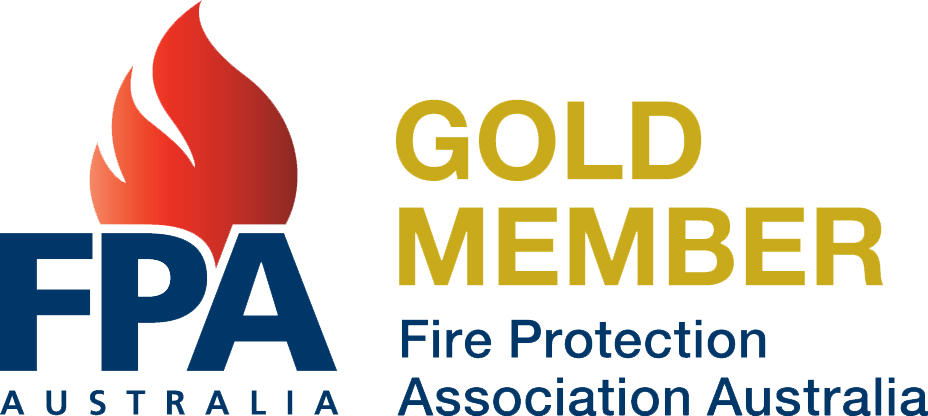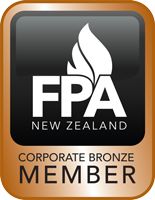Ensuring the safety of employees, customers, and assets is a top priority for any business. One of the critical aspects of safety is fire prevention and preparedness. Having the right fire safety equipment in place can make the difference between a minor incident and a catastrophic event.
Here’s a look at some of the essential fire safety equipment every business needs to protect their premises effectively.
Fire extinguishers are the first line of defense against small fires. There are different types of extinguishers for different kinds of fires:
The only fire extinguisher which can be used on all types of fires, but with limited use on cooking oils and fats.
While the C02 has limited use on wood, paper, plastic and liquids, it is effective for energised electrical equipment, and so is ideal where electrical fires can occur, such as in workshops, service bays, server rooms, computer rooms, offices and welding areas.
Only suitable for wood, paper, and plastic fires, a water fire extinguisher is designed for use in schools, and businesses that house large amounts of timber, paper, cloth and rubber.
Designed for restaurants, delis, commercial kitchens where wood paper and plastic are present, as well as cooking oils and fats.
Used for wood, paper, plastic, flammable and combustible liquids, and with limited use on cooking oils and fats, a maintained foam fire extinguisher is a necessity for businesses that house, transport, or use flammable liquids frequently.
Fire alarms are crucial for alerting occupants to the presence of fire, allowing for timely evacuation. There are various types of fire alarms, including:
A fire sprinkler system can automatically detect and control or extinguish fires before they spread. Sprinklers can significantly reduce the heat, flames, and smoke produced in a fire, providing valuable time for evacuation and reducing property damage.
They are particularly important in high-risk areas such as warehouses and manufacturing facilities.
Fire blankets are effective for smothering small fires by cutting off the oxygen supply. They are especially useful in kitchens or areas with high risks of flammable liquids. Fire blankets are also helpful in wrapping around individuals whose clothing has caught fire.
In the event of a fire, power outages are common. Emergency lighting ensures that escape routes are illuminated, helping occupants to evacuate safely. This includes illuminated exit signs and emergency backup lights that activate when the main power supply fails.
Fire doors are designed to withstand fire for a certain period, preventing the spread of flames and smoke. They are essential in creating safe escape routes and compartmentalizing different sections of a building to contain the fire. Regular maintenance and ensuring that these doors are never obstructed is critical for their effectiveness.
Fire hose reels provide a controlled supply of water to combat a potential fire risk. They are typically found in larger buildings and are designed to be used by trained personnel.
The hoses can be extended and directed to the fire source, making them ideal for larger fire incidents that cannot be managed with extinguishers alone.
Clear, visible signage is essential for guiding occupants to safety during a fire. Signs indicating fire exits, fire extinguisher locations, and instructions for using fire safety equipment ensure that everyone knows how to respond in an emergency.
Regular fire drills and staff training are also crucial components of a robust fire safety strategy, ensuring that everyone knows how to use the equipment and respond appropriately during an emergency.


